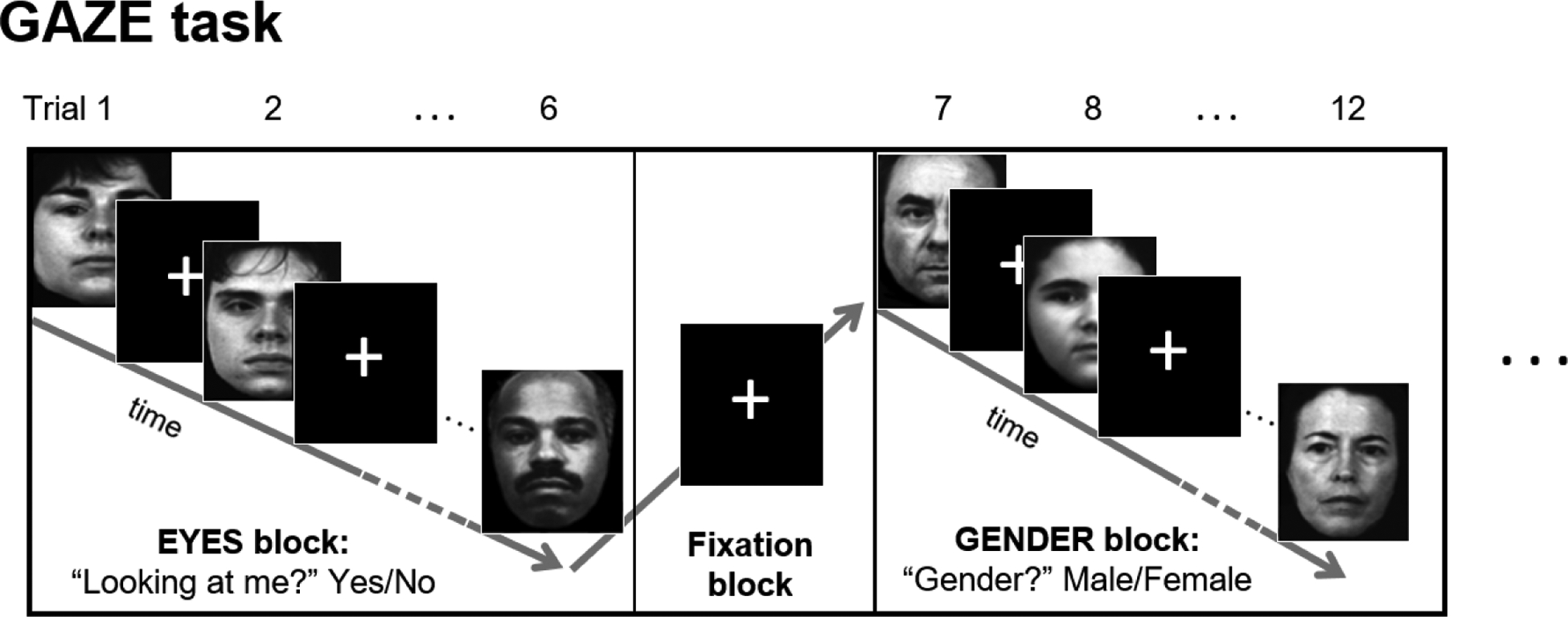Figure 2. The fMRI version of the Eye Gaze Perception Task (GAZE) in a mixed (blocked event-related) design.

EYES and GENDER blocks (19.8–24.4 s) alternate with a fixation block in between. During EYES blocks, participants are presented with face stimuli and must indicate whether the actor is ‘looking at me’ (yes/no). During GENDER blocks, participants are presented with the same stimuli, but, instead, must indicate the gender of the actor (male/female). Stimuli are face images depicting a range of gaze angles from looking directly at the viewer, to looking away from the viewer, in precise increments. Within each block, gaze angle and gender are randomized; each face is presented for 1.5 s and separated from the next face by a random jitter (1.6–3.9 s).
